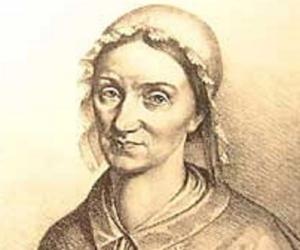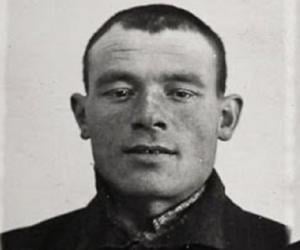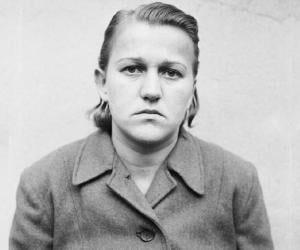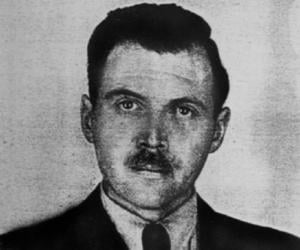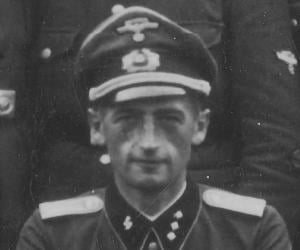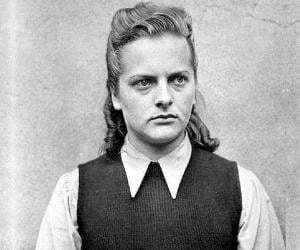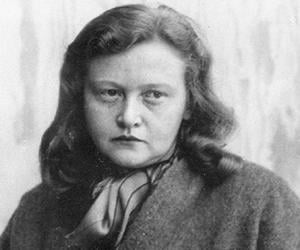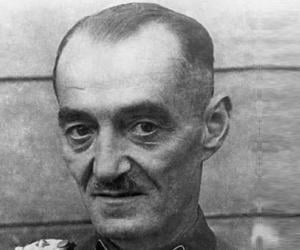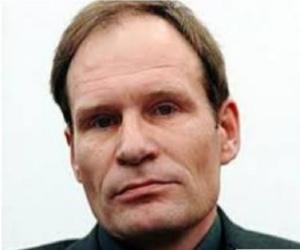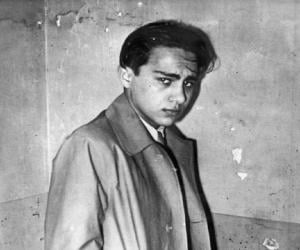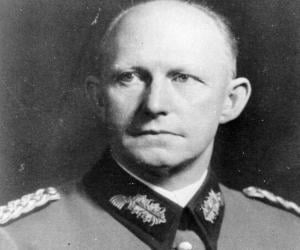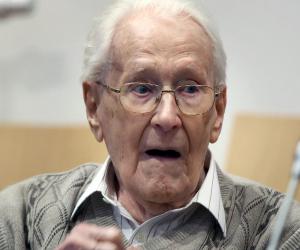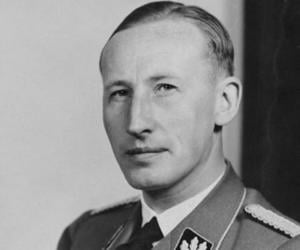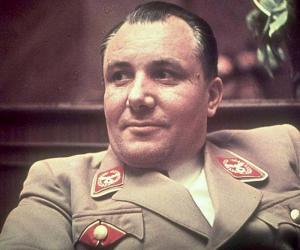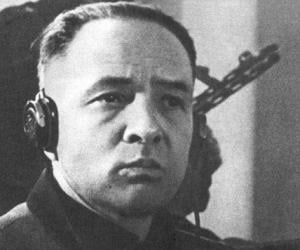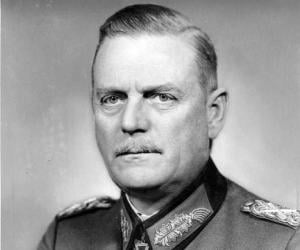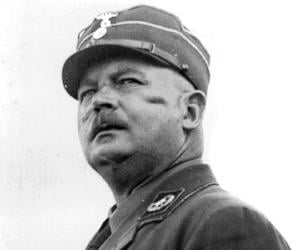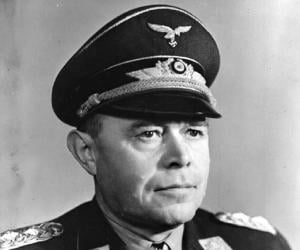Known as Angel of Death, Dr. Josef Mengele was the chief doctor of Auschwitz concentration camp and was responsible for killing thousands of Jews as well as torturing the prisoners mercilessly and conducting inhuman experiments on them. These included injecting them with chemicals and stitching twin children together. Despite his horrible crimes, the infamous Nazi doctor could never be captured.
Irma Grese, or the Hyena of Auschwitz, served as an SS guard at the Nazi concentration camps of Auschwitz and Ravensbrück. She was also the warden of the ladies’ section of the Bergen-Belsen camp and ended up being convicted of torture and murder of prisoners. She was executed at 22.
Klaus Barbie was a Gestapo and SS official during the Nazi era. Dubbed the Butcher of Lyon, Barbie was known for having tortured prisoners of the Gestapo while stationed in Lyon, France. It is also believed that he played a major role in the execution of Che Guevara. Barbie's life and work inspired the 2007 documentary film My Enemy's Enemy.
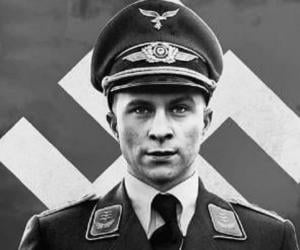
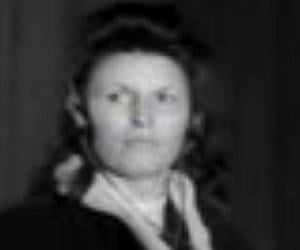
Herschel Grynszpan was a German Jew best remembered for assassinating a German diplomat named Ernst vom Rath to avenge the persecuted Jews. Rath's assassination had a huge impact on the Jews as the Nazis cited his murder as justification for their planned antisemitic pogroms against the Jews in Germany. Herschel Grynszpan disappeared in 1944 and was declared dead in 1960.

Alfred Jodl was a German colonel-general who played an important role throughout World War II by serving as Chief of the Operations Staff of a German Armed Forces High Command called the Oberkommando der Wehrmacht. After the war, Jodl was tried at the Nuremberg trials and was found guilty on charges, such as crimes against humanity and war crimes.
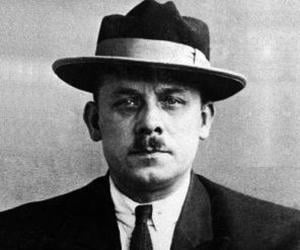
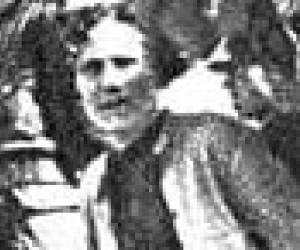
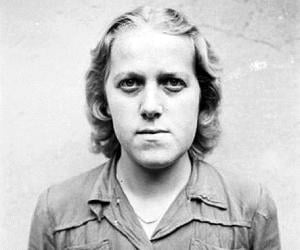
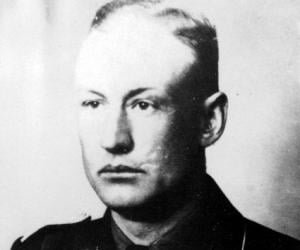
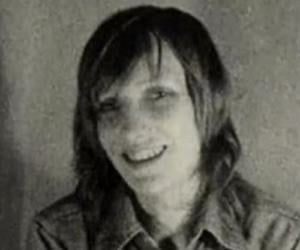
Oskar Groening was a German SS Unterscharführer at the Auschwitz concentration camp. He was in charge of counting and sorting the money retrieved from the prisoners arriving at the camp. At the end of the war, he surrendered to the British and was transferred to Britain as a prisoner of war. Years later, he was named a war criminal.

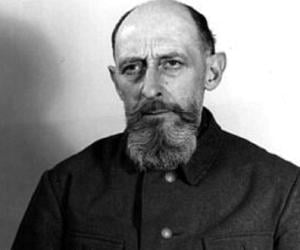


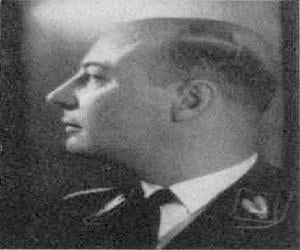
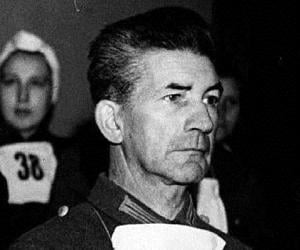
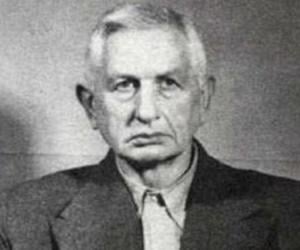
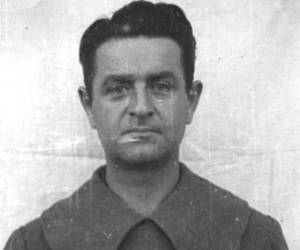
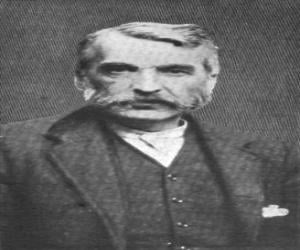
Adam Worth was a German-born American thief whose short stature earned him the nickname Napoleon of the criminal world. It is widely believed that he was the inspiration behind Sir Arthur Conan Doyle's character Professor James Moriarty. In the 1976 period comedy film Harry and Walter Go to New York, Adam Worth was portrayed by English actor Sir Michael Caine.
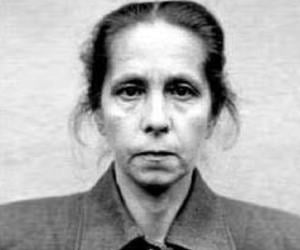
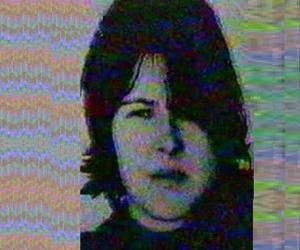
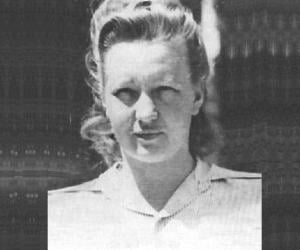
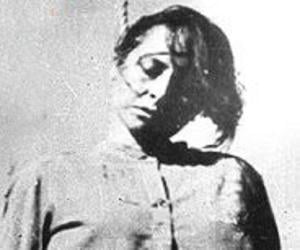
Reinhard Heydrich was a Nazi police officer and a high-ranking SS. Heydrich is widely regarded as one of the main architects of the Holocaust, a World War II genocide that killed some six million Jews. Described by Adolf Hitler as the man with the iron heart, Heydrich is regarded as the darkest figure of the Nazi era by many historians.
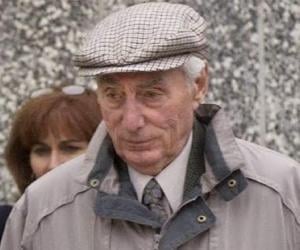
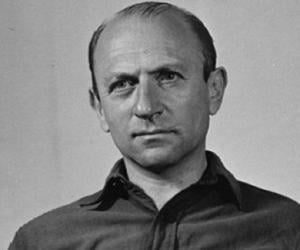

Martin Bormann was a Nazi Party official. Bormann headed the Nazi Party Chancellery, and gained immense power after he was accepted into Adolf Hitler's inner circle. In 1935, he became Hitler's personal secretary and served as the minister of the Nazi Party after Hitler's suicide in 1945.
Rudolf Höss was a German SS officer who was convicted of war crimes after the defeat of Nazi Germany. The longest-serving commandant of the Auschwitz extermination camp, Höss implemented means to accelerate the Final Solution, a Nazi plan for the genocide of Jews. Upon his order, pesticide Zyklon B was used in gas chambers, killing millions of people.
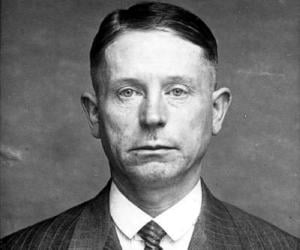
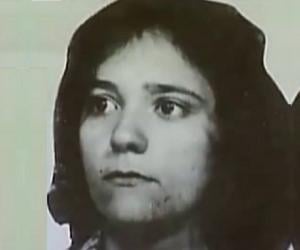

Wilhelm Keitel was a German field marshal. As the chief of the Armed Forces High Command, Keitel was Nazi Germany Armed Forces' highest-ranking officer during World War II. Wilhelm Keitel was responsible for the loss of many lives as he signed several criminal orders. After the war, he was indicted as one of the war criminals and sentenced to death.
Regarded by Hitler as a potential rival, Röhm was murdered at the Führer’s order. Ernst Röhm was a prominent German military officer and an early member of the Nazi Party. He was wounded thrice in World War I and was briefly imprisoned for his part in the Beer Hall Putsch.
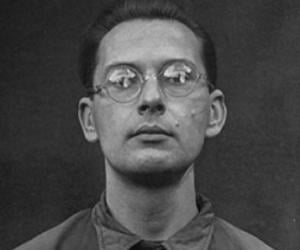
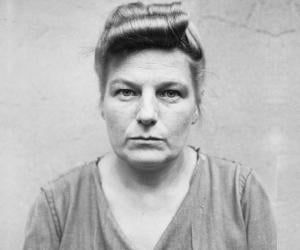
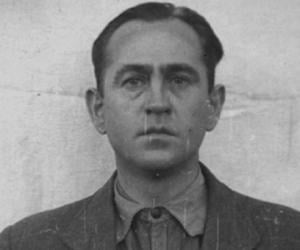
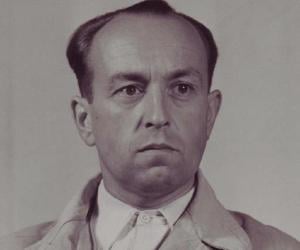

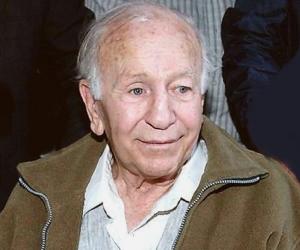
Paul Schäfer Schneide was a Nazi era German colonel, who at the end of WWII founded an orphanage in West Germany. Charged with child molestation, he fled to Chile, where he established an isolated colony. But charged with child abuse, he had to flee once more before being arrested and convicted on twenty-five counts. He died while serving his term.
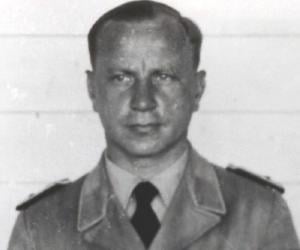
Herbert Kappler was a German SS official who served in the Nazi regime. As the head of German police in Rome, Kappler was responsible for the Fosse Ardeatine massacre, which killed 335 civilians and political prisoners. The massacre inspired a film titled Massacre in Rome, where Kappler was played by Richard Burton. Kappler was convicted and sentenced to life imprisonment.

One of the leaders of the Action T4 euthanasia plan that exterminated the physically and mentally disabled, Nazi Party member Viktor Brack also specialized in child euthanasia. He was also chosen to plan a sterilization drive for physically fit Jews. He was eventually hanged for his war crimes.

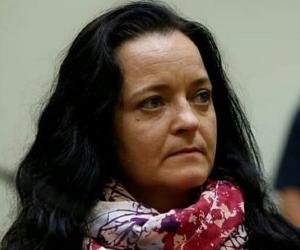
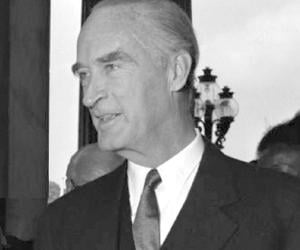
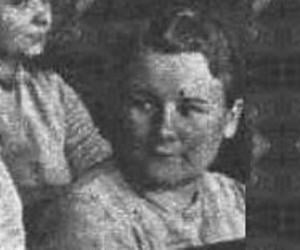

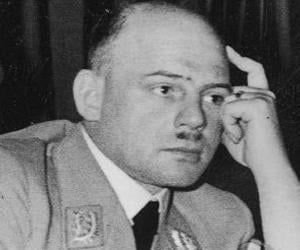
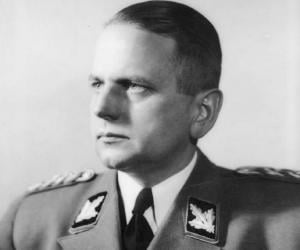
Otto Ohlendorf was a German SS official who played an important role in carrying out the Holocaust in the Nazi regime. As the commander of Einsatzgruppen, Nazi Germany's paramilitary death squads, Otto Ohlendorf was responsible for mass murder in south Ukraine, Moldova, the Crimea, and the North Caucasus. He was tried for crimes against humanity and executed in 1951.
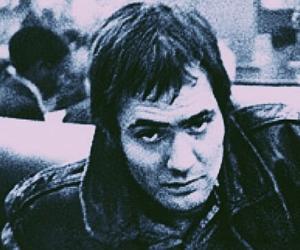
Andreas Baader is remembered as a co-founder of the West German military organization Red Army Faction (RAF). Initially a bohemian, he did not attend university and worked as a construction worker and journalist before joining the left-wing guerrilla movement. Following his suicide, his brain was removed for study by the German government.
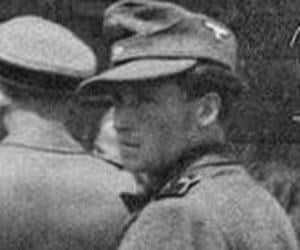
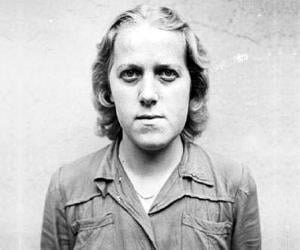
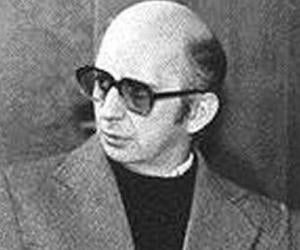
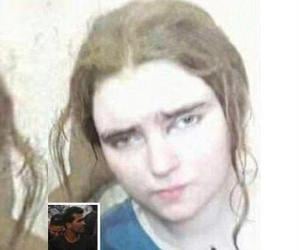
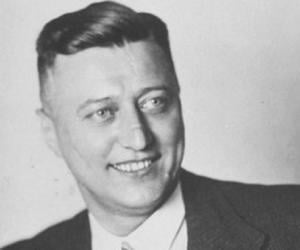
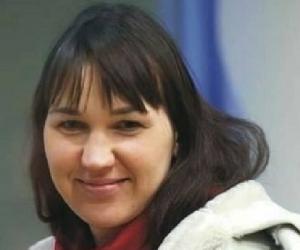
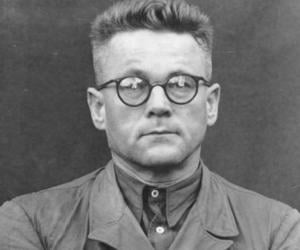
Initially a professor of sports medicine, Karl Gebhardt later joined the Nazi camp. He had headed the German Red Cross and also developed sports for the physically disabled. After being accused of failing to treat Reinhard Heydrich, he conducted deadly experiments on concentration camp inmates to prove his innocence.
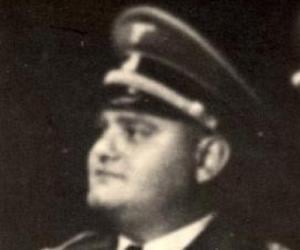
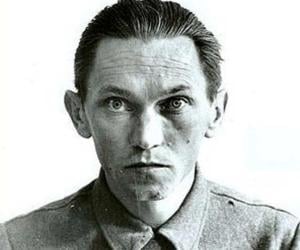
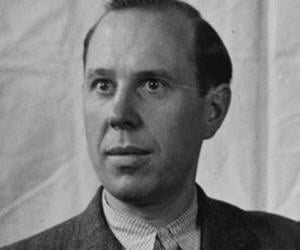
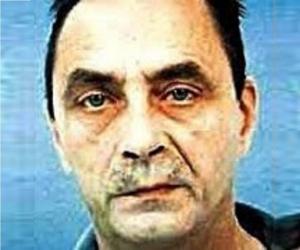
Volker Eckert was a German serial killer who murdered at least six women in Spain, France, and East Germany between 1974 and 2006. Although he confessed to only six murders, Eckert is believed to have murdered many other women in countries like the Czech Republic and Italy. He committed suicide on July 2, 2007, during his criminal proceedings.
